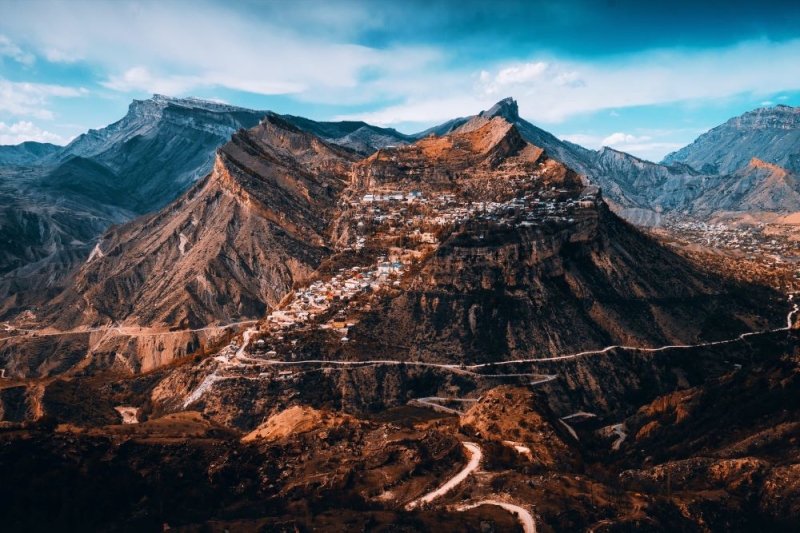
We continue to share amazing routes created especially for you together with photographers Russian Explorers. Magomed Shapiev (@photo_shapiev) has prepared a guide to Dagestan! And so that you can use it as soon as possible, in our telegram channel we are giving away air tickets to Makhachkala from Aeroflot. The rules of the promotion can be found at the link.
Dagestan is a unique and amazing republic. The memorable views of the region are as diverse as possible: there is the sea, waterfalls and raging rivers, steppes and plains, picturesque high mountains and ancient architectural structures. Today I want to share with you a route that will help you get to know and experience Dagestan as it is.
How to get to Dagestan
Our route begins in Makhachkala; by plane from Moscow you will arrive in about two hours. A round-trip air ticket will cost about 5,000 rubles* per person.
How to prepare for a trip
We travel to the mountainous regions of Dagestan from Makhachkala by car. We will only stay in cozy houses and comfortable hotels, so take only the most necessary things. We won’t need tents, mattresses, or sleeping bags. The only thing you really need is a large amount of memory on your photographic devices, as there are amazingly beautiful places waiting for you that definitely need to be captured.
What to see in Dagestan

Upon arrival in the capital of the region, be sure to take a walk around Makhachkala. For example, visit the observation deck on the mountain Tarki-Tau, which offers a magnificent view of the city, one of the largest mosques in Europe – Juma- mosque.

The main square of the city, Lenin, is worthy of attention, and after visiting it you can go for a walk along the shore of the city beach.
My favorite places to eat delicious food and drink coffee:

— Cafe Hinkal Brothers
— Cafe-restaurant “Shashlychnaya No. 1”
— Donuts and coffee DonutsDay
— Andcoffee coffee shop
The first place you will encounter on the way to the mountainous regions of Dagestan is Sulak Canyon. It consists of three separate gorges, separated by terraces, and the largest section is 18 km long. Amazing in its scale, this place is rightfully considered the calling card of Dagestan.

Near the canyon there is an observation deck of the Chirkey Reservoir – the largest reservoir in the North Caucasus, located on the Sulak River.


After receiving emotions from the views of the canyon, you need to have a snack. Not far from the Chirkey Reservoir there is the “Neskuchny Garden of the Salmanovs” – a place where you can eat fresh fruit and taste national dishes right in the garden, under the apricot trees.
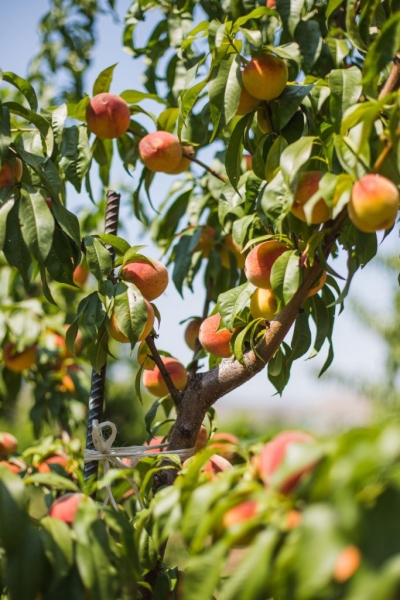
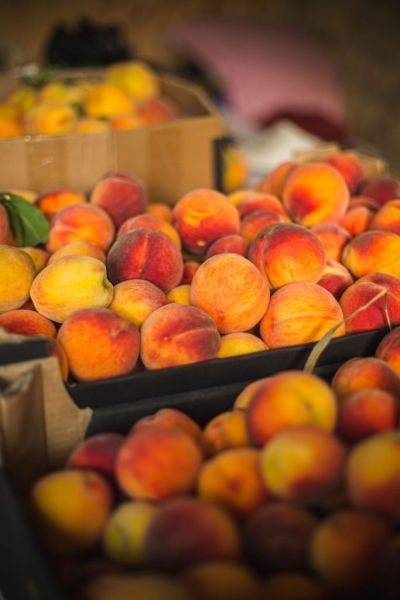
Then the path goes through Gimry road tunnel– the longest in Russia, which ends in a long and picturesque pass at the foot of the Gimrinsky ridge. This road leads to a very colorful place – a cozy guest house in ethnic style Mirida, which is located in the village of Chirkata. Here we will plunge into the life of a mountain village and spend the night.
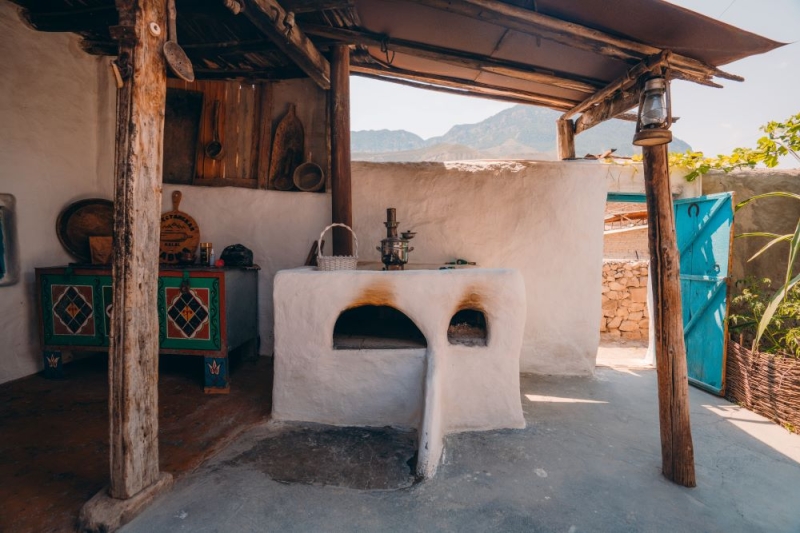
We start the second day with Akhulgo fortress and museum. Here in 1839 one of the most important events in the history of the Caucasus took place, namely the capture of the fortress of Imam Shamil. The site includes a 17 m high signal tower, as well as an exhibition hall, which today displays artifacts from the Caucasian War.
Next we continue the route and go to the stunning Irganai Reservoir. The place amazes with the grandeur of the mountains and the beauty of the water surface.

You can admire the views from a very Instagrammable lookout while grabbing a cup of tea or coffee.

Our next stop is the village of Gunib. It is not difficult to get there; a picturesque mountain road leads there. It was in this place that the Caucasian War ended in the eastern Caucasus. In the Gunibsky district itself, some of the most visited locations of the republic are concentrated: the local history museum, the Verkhniy Gunib natural park, the Gunib fortress and the mountain botanical garden of the Dagestan Scientific Center of the Russian Academy of Sciences.

I recommend taking a breather after a rather eventful walk and road, as well as getting acquainted with the national cuisine in the “Adat” cafe, located in the very heart of Gunib. I advise you to choose seats on the veranda, because it is from there that the most picturesque views open up.
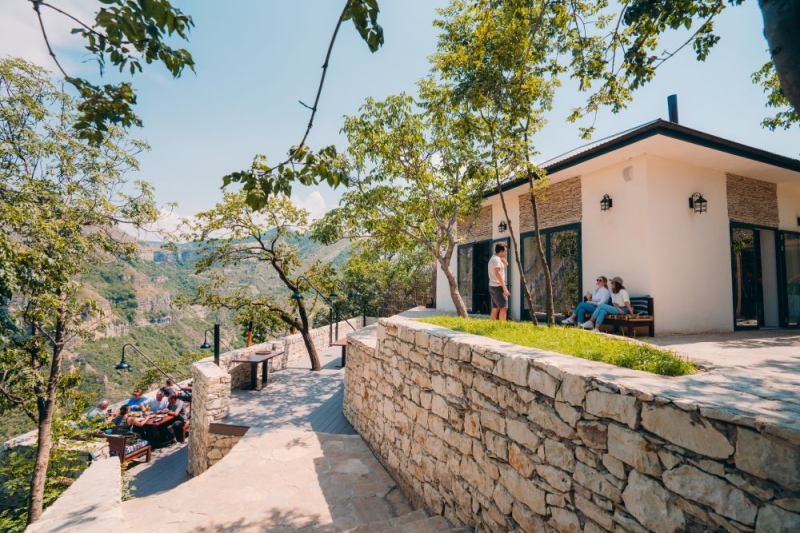
Not far from Gunib there is one of the oldest settlements in the Republic of Dagestan – the abandoned village of Gamsutl. The road to the village is not easy, but worth it. The incredible energy of this place will undoubtedly impress you.


I advise you to stay overnight at the Laguna-Golkhin recreation center, located on the territory of the Gunibsky district. What could be better than a cozy home after a busy day?

I think, just a cozy house with a swimming pool. Here you can feel unity with nature and relax comfortably after the journey.

We start the final day from Karadakh Gorge. The road to it is no less attractive: the path runs along the mouth of the river, where there are thickets of sea buckthorn and deposits of huge boulders, only sometimes giving way to stairs upward. The minimum distance between the rocks is 1.5 m and as much as 150 m in height. When you walk along the smooth, as if polished walls, it seems as if you are about to be squeezed between the rocks. The range of emotions from what he saw is maximum.

An easily accessible, but no less impressive place is Tobot Falls. It flows into the Tzolotl Canyon, over which eagles often circle, and somewhere in the distance you can see the snowy peaks of the Caucasus Range. All that remains is to sit down and enjoy this beautiful view before returning to Makhachkala.
And for those who are not used to enjoying contemplation, there is an extreme park nearby, with various slopes: via ferrata, zipline and rope jumping.
Dagestan is a republic that has collected all the best. It’s hard to say where else in the world you can find so many natural attractions and such diverse local flavor. Dagestan makes you fall in love from the first minute and does not let you forget about yourself. I think you will definitely like it! Enjoy your holiday!
*Prices valid at time of publication

